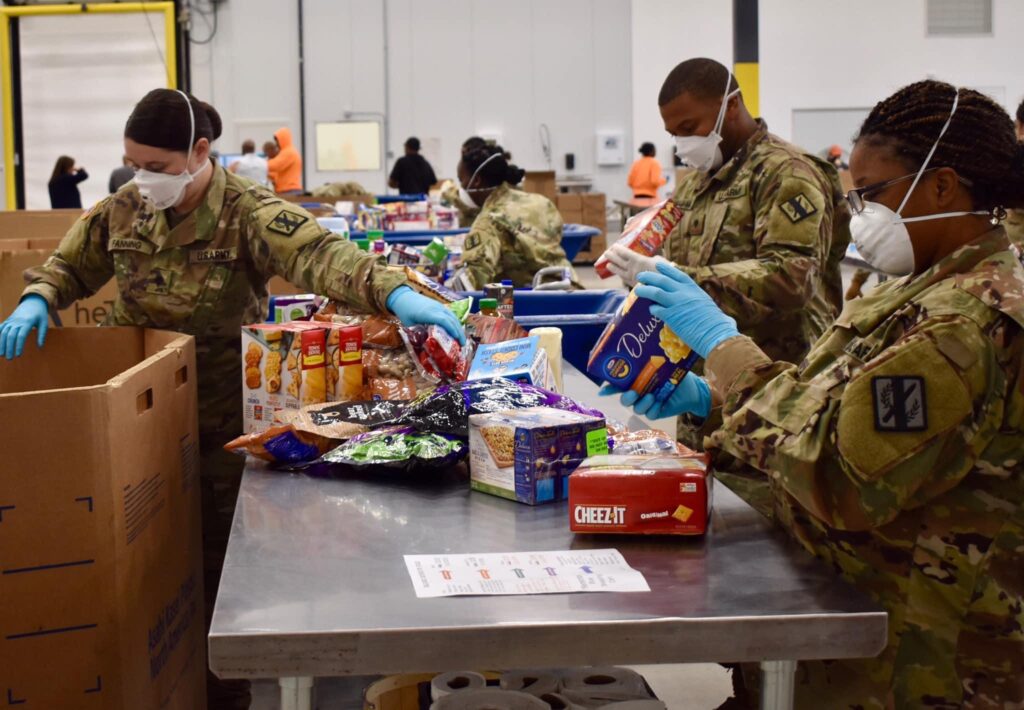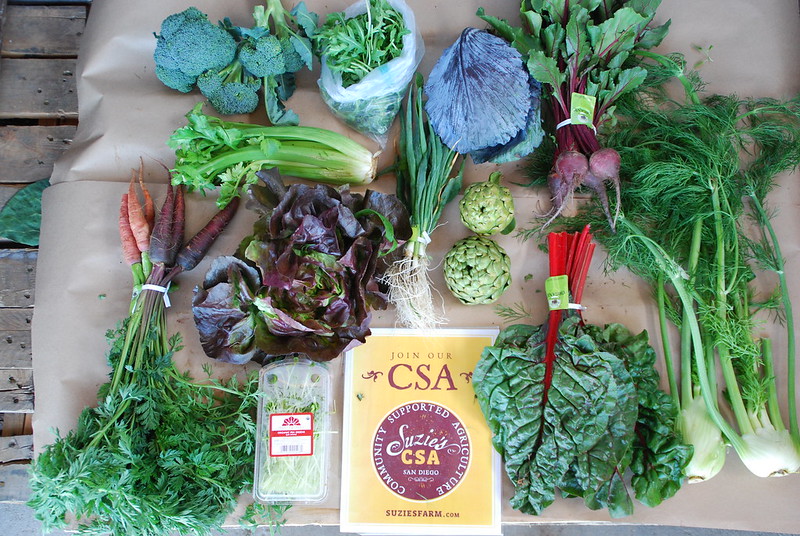The ongoing rebuilding and recovery from the COVID-19 pandemic has opened up the opportunity for important conversations around equity, health, and sustainability, especially when it comes to our food systems. The pandemic highlighted inequalities, shortcomings, and inefficiencies in our food system as food consumption patterns shifted and food insecurity grew. The same socioeconomic factors and inequalities that exacerbate COVID-19 can be seen affecting food security and nutrition as well, and this crisis represents an unprecedented opportunity to learn from these observations and rebuild in a more equitable and sustainable way.
Early on in the pandemic, we saw firsthand how the virus disproportionately affected poor people and people of color. People living in high-density housing, taking public transport, frontline workers, service industry workers, and people working in the informal economy suffered the consequences of the virus early on while others who had the means to stay home were able to stay safe. Furthermore, we have seen that people with obesity and non-communicable diseases related to poor nutrition are at greater risk for health complications, hospitalization, and death from COVID-19 (Popkin et al., 2020), and we know that nutrition is related to income and food security.
As the pandemic continued and unemployment skyrocketed, food insecurity grew in both the developed and the developing world–in lower-income countries this can mean a risk of undernutrition, in higher-income countries this can lead to an increased risk of obesity due to increased consumption of cheap over-processed foods (Hawkes and Squires, 2021). In the United States this increasing food insecurity and the fragility of our food system was evident from record demands for food assistance.

Bisoffi et al. (2021) describe some additional challenges within our food systems during the pandemic such as increasing food prices (disproportionately so in low and middle-income countries with prices for highly consumed products increased as much as 28.2% in Zambia and up to 56.8% in Venezuela) and disrupted food chains where there is heavy reliance on human labor and especially migrant labor that was affected by lockdowns and travel restrictions.
Along with these challenges, there were also opportunities that became clear in light of the pandemic. There was an influx of locally and community-driven solutions. Direct sales from local producers and CSA (Community Supported Agriculture) sales increased (Bisoffi et al., 2021). New innovations such as programs to distribute seeds for home gardens, new forms of transportation networks to get perishable foods to markets, e-commerce, innovations in sales channels from urban agriculture, and community kitchens sprung up to improve food security and access to high-quality local food (Hawkes and Squire 2021).

The missed opportunity was in the lack of government support in funding and solidifying these changes to ensure their longevity. Local sustainable food businesses should be further supported by policy measures that help bring them into the mainstream. Despite the fact that CSA and local produce sales increased, there were missed opportunities–when it comes to the boom in online ordering, big retailers benefited while smaller businesses were left unprepared or trying to catch up. In the U.S. there was also criticism that government support such as PPP loans did more for corporations than small businesses.
Government relief and recovery packages are an opportunity to invest in nutrition and local food systems while creating employment opportunities–by supporting agri-food entrepreneurship, providing credit to smallholder farmers, investing in cooperatives and food hubs that distribute healthy foods, providing financial and technical support to SMEs (Hawkes and Squires, 2021). We also need increased investment in social protection and subsidy programs that target low-income groups and promote nutritious food and more robust school feeding programs. However, this type of social spending seems difficult to achieve in the U.S. where Senator Manchin has single-handedly managed to block the social spending package that is currently being negotiated.
Time will tell how we continue to rebuild and recover from COVID-19 and the increased rates of food insecurity. The trend in increasing sales of farm shares, local produce, and community-driven food solutions has been a small silver-lining, but now is the opportunity for governments to act to build upon and finance these solutions that address food insecurity (and the risk of both overnutrition and undernutrition) and increase the sustainability of our food systems on a larger scale.
Resources:
Bisoffi, S., L. Ahrné, J. Aschemann-Witzel, A. Báldi, K. Cuhls, F. DeClerck, J. Duncan, H. O. Hansen, R. L. Hudson, J. Kohl, B. Ruiz, G. Siebielec, S. Treyer and G. Brunori (2021). “COVID-19 and Sustainable Food Systems: What Should We Learn Before the Next Emergency.” Frontiers in Sustainable Food Systems 5(53).
Hawkes, C. and C. G. Squires (2021). “A double-duty food systems stimulus package to build back better nutrition from COVID-19.” Nature Food 2(4): 212-214.
Popkin, B. M., S. Du, W. D. Green, M. A. Beck, T. Algaith, C. H. Herbst, R. F. Alsukait, M. Alluhidan, N. Alazemi and M. Shekar (2020). “Individuals with obesity and COVID-19: A global perspective on the epidemiology and biological relationships.” Obesity Reviews 21(11): e13128.